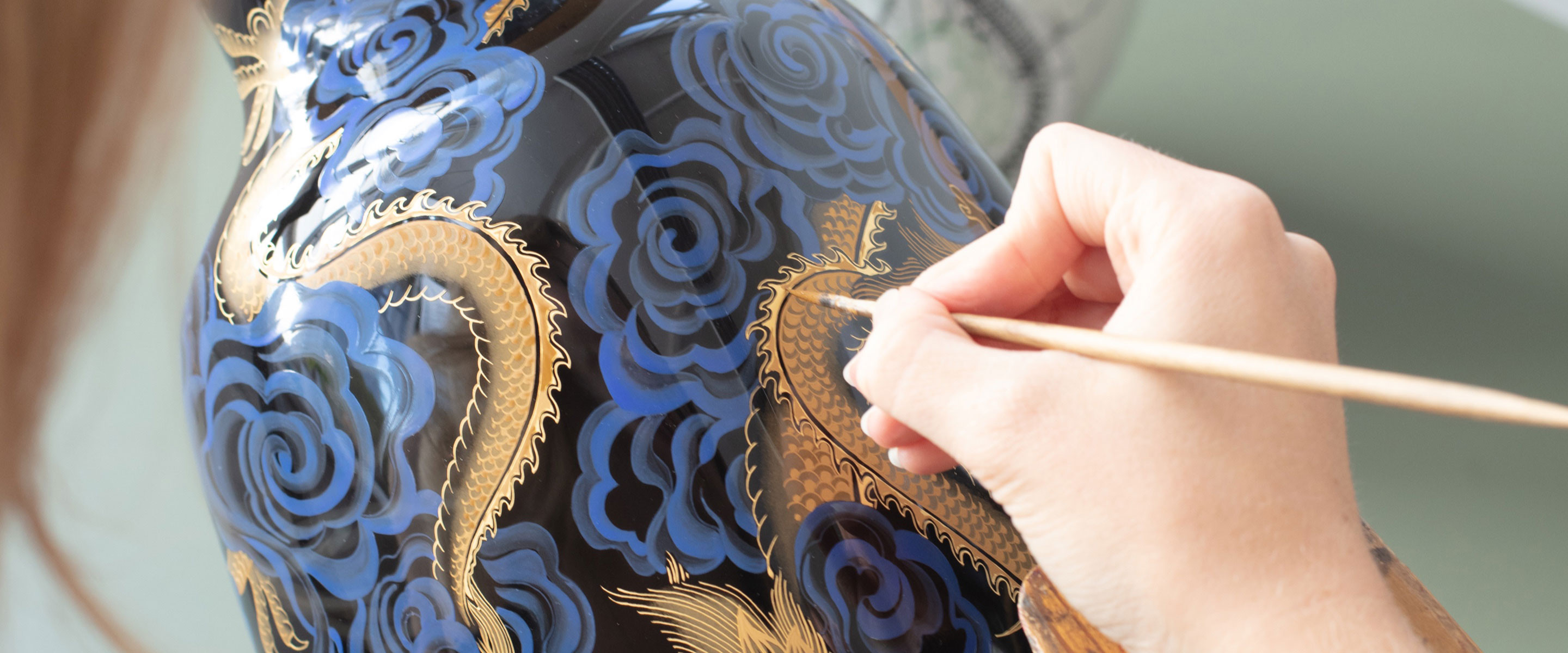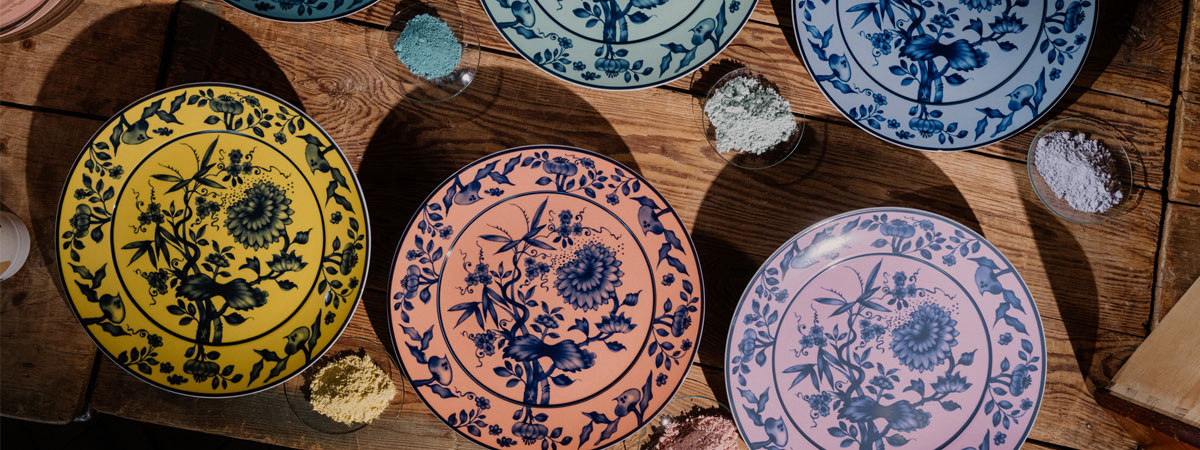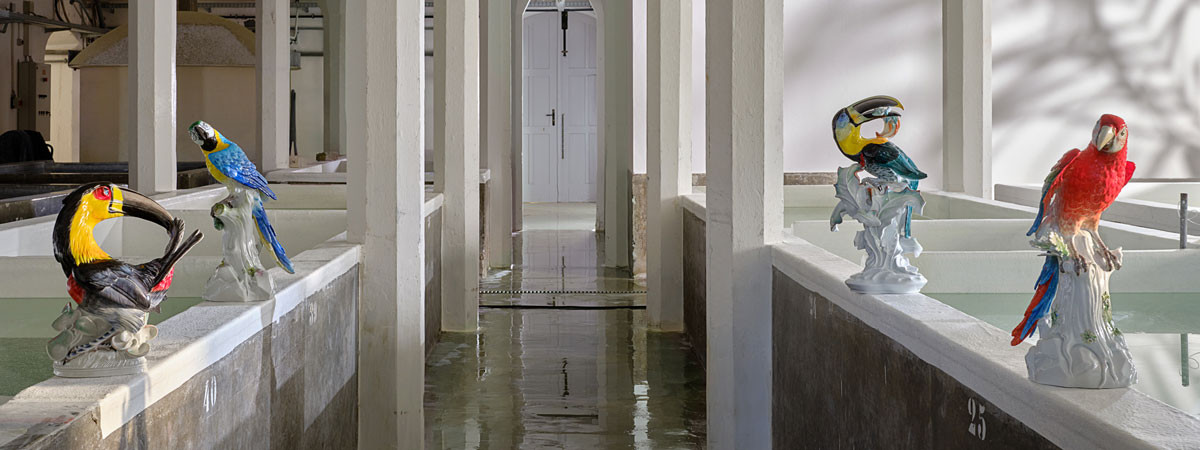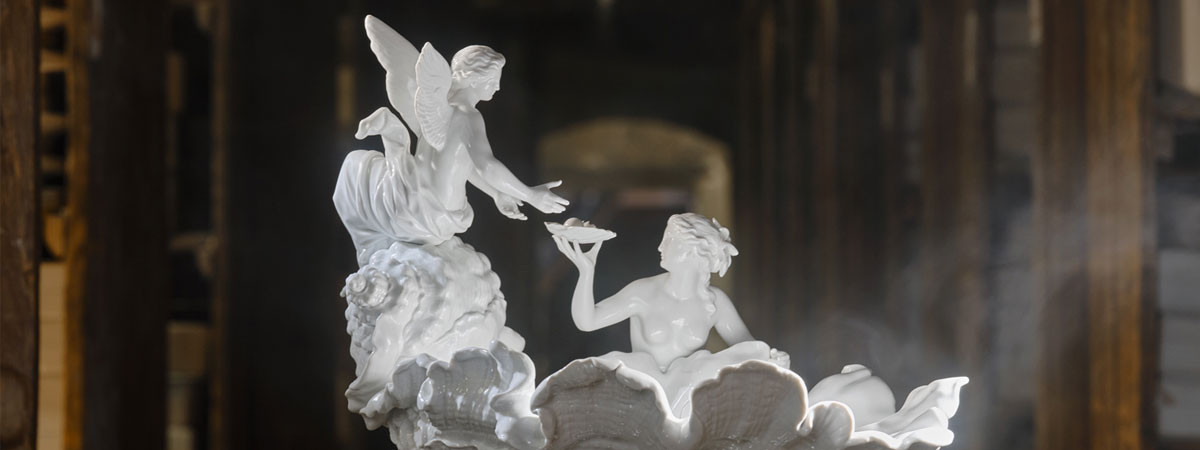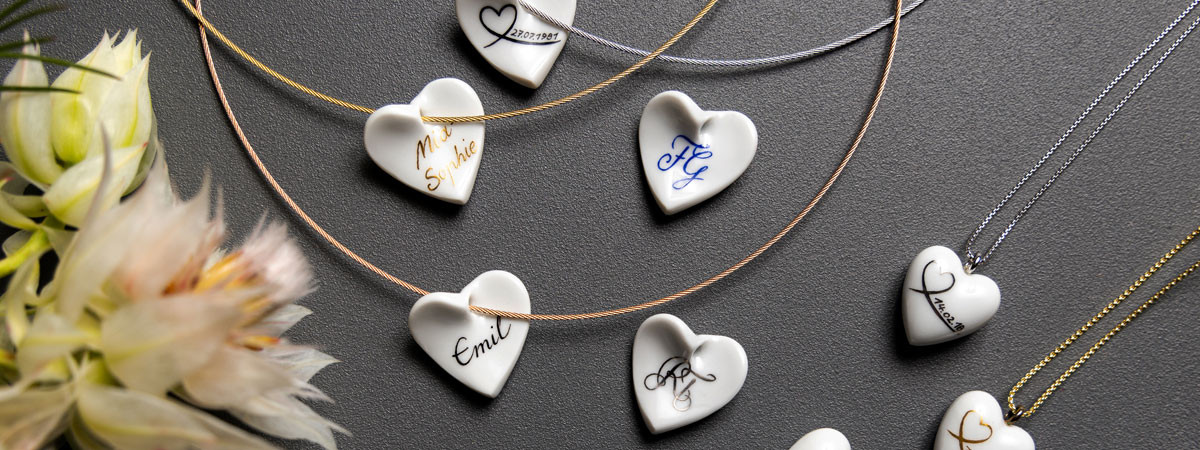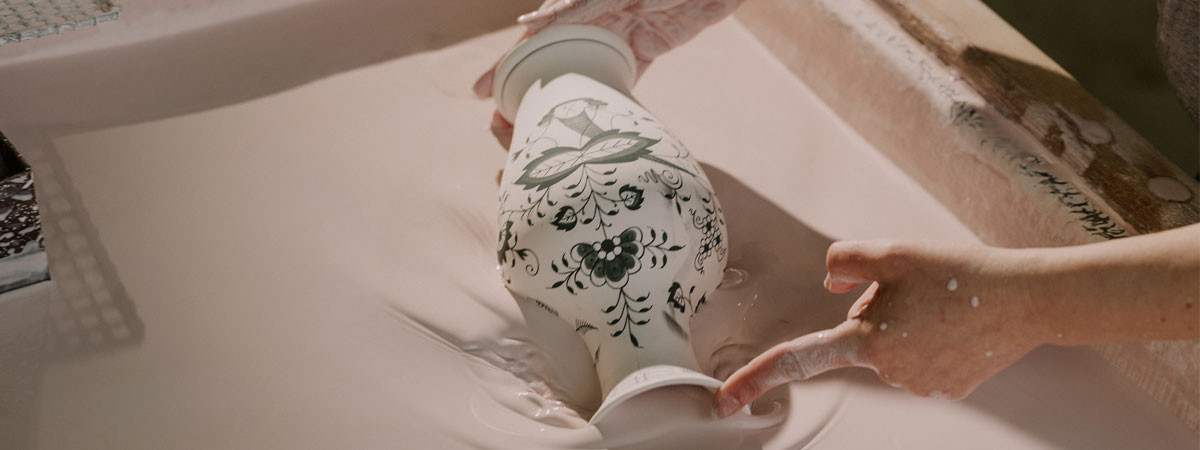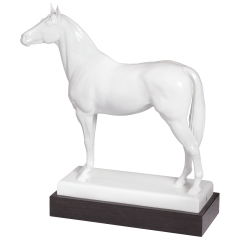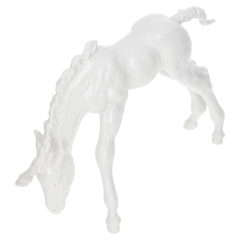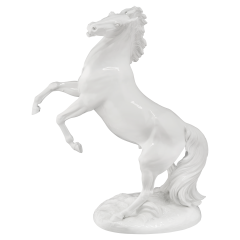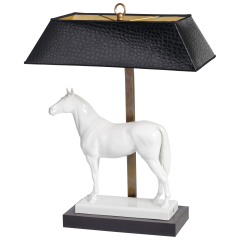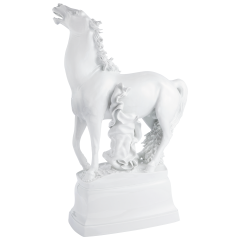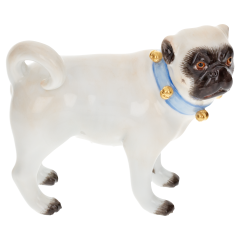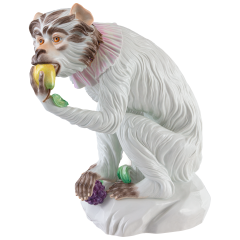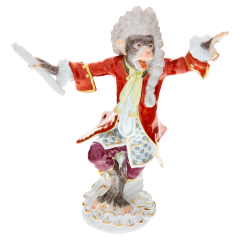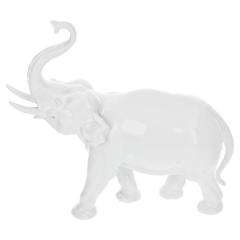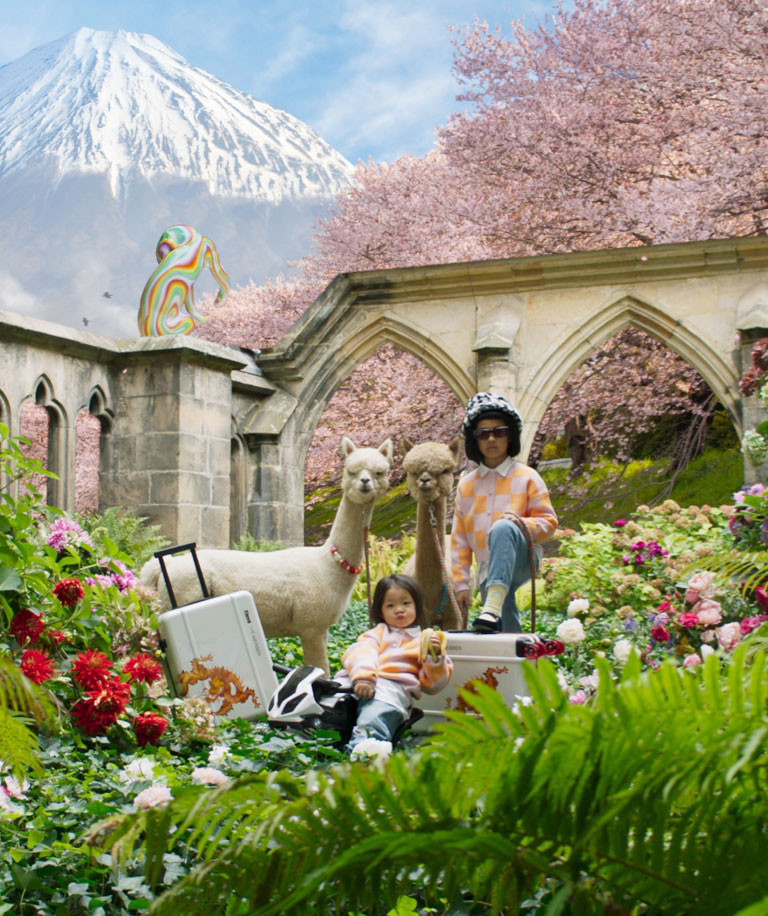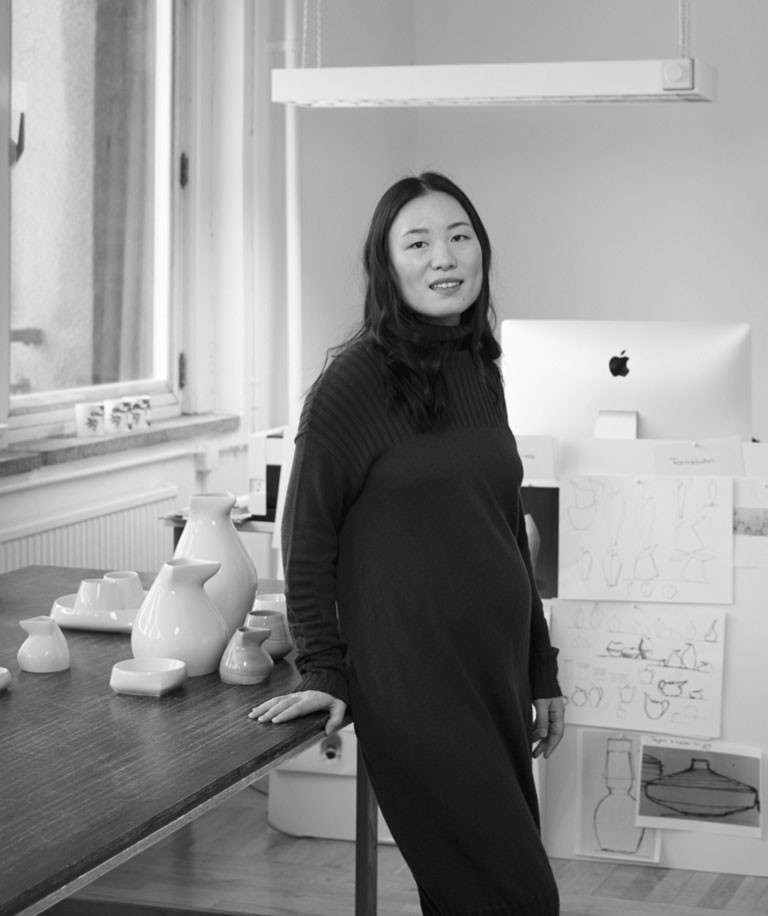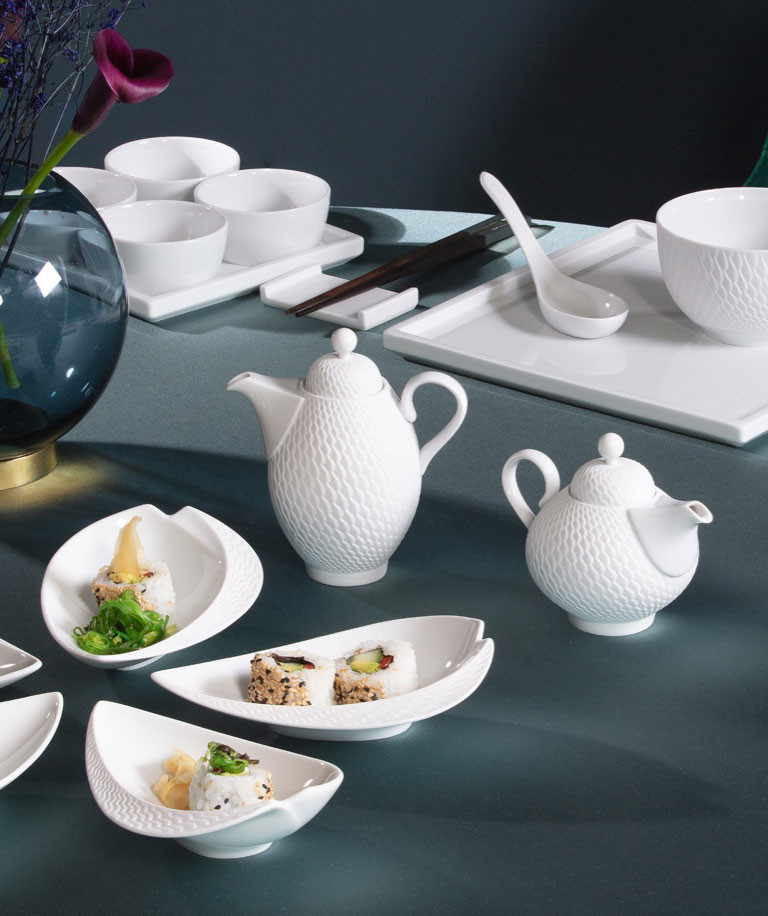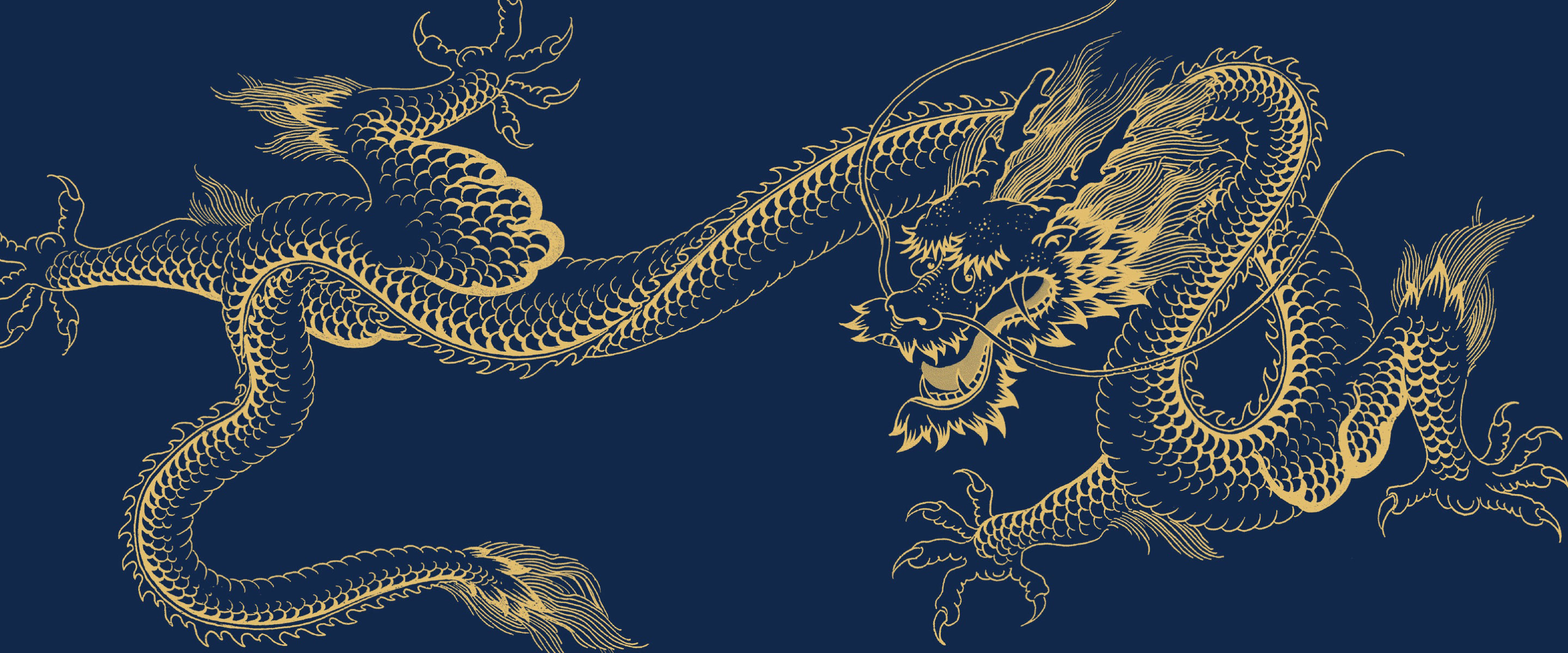
The new Fortune Dragon from MEISSEN is born!
#fortunedragon
-
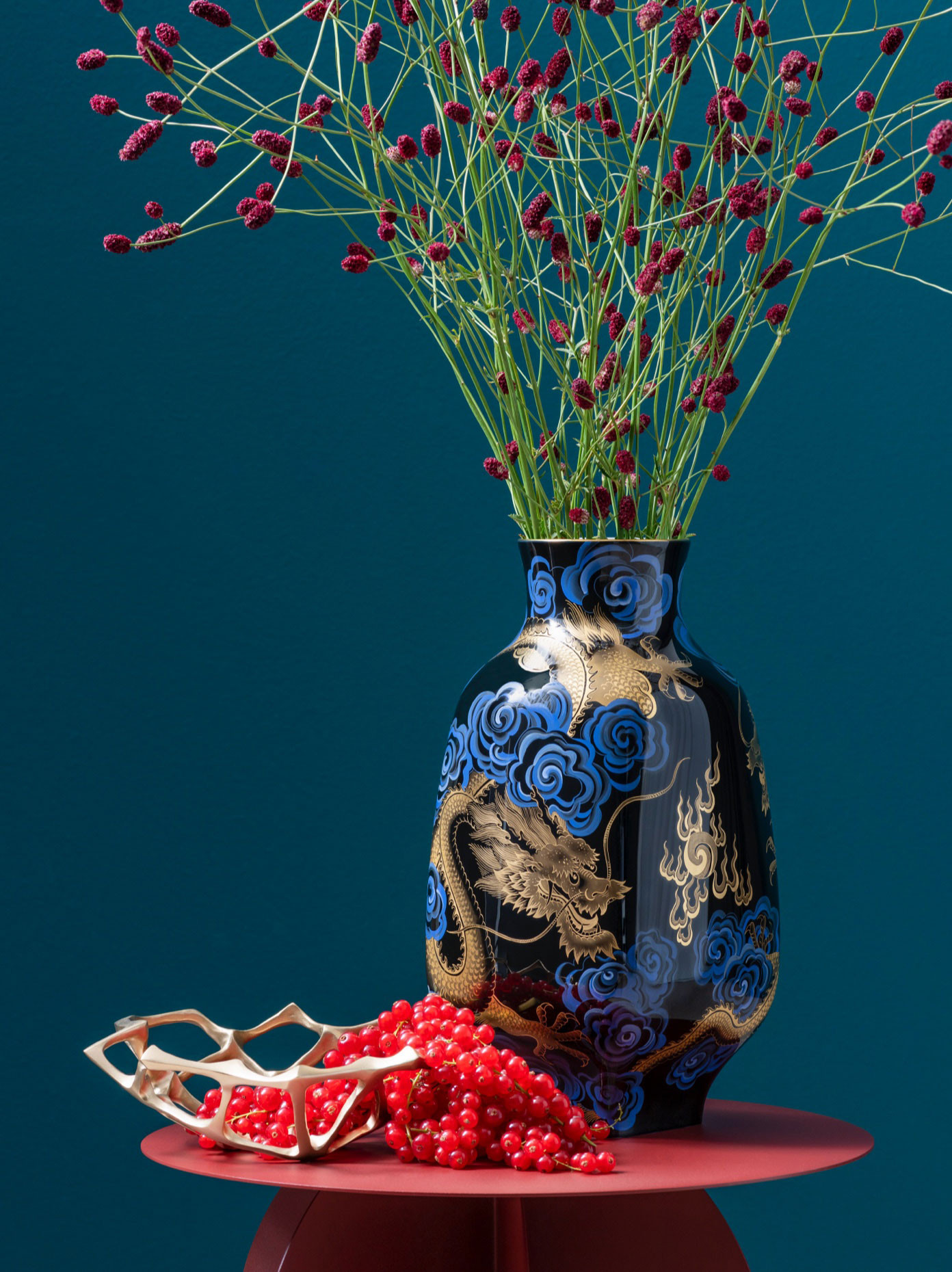 Since the foundation of the porcelain manufactory in 1710, dragons have been a central motif at MEISSEN. As early as the time of “August the Strong“, the decor of the “Rich Court Dragon“ was applied to porcelain in various designs, with the red dragon being reserved exclusively for the court. Well known is also the motif of the “Ming Dragon“, which is one of the most iconic decorations of the manufactory. It is inspired by the imperial dragon of China, which was immortalized on countless Chinese porcelains, jewelry and buildings during the Ming Dynasty (1368-1644). But - presumably due to the lack of concrete models - the Ming dragon has some significant differences in its appearance from its Chinese counterpart. This is why porcelain artist Zhuoyu Hou adapted the Ming dragon and transformed it into a real (imperial) fortune dragon. The new lucky charm from MEISSEN was born!
Since the foundation of the porcelain manufactory in 1710, dragons have been a central motif at MEISSEN. As early as the time of “August the Strong“, the decor of the “Rich Court Dragon“ was applied to porcelain in various designs, with the red dragon being reserved exclusively for the court. Well known is also the motif of the “Ming Dragon“, which is one of the most iconic decorations of the manufactory. It is inspired by the imperial dragon of China, which was immortalized on countless Chinese porcelains, jewelry and buildings during the Ming Dynasty (1368-1644). But - presumably due to the lack of concrete models - the Ming dragon has some significant differences in its appearance from its Chinese counterpart. This is why porcelain artist Zhuoyu Hou adapted the Ming dragon and transformed it into a real (imperial) fortune dragon. The new lucky charm from MEISSEN was born!
In China, this fortune dragon is called Long and is also known as the Golden Dragon. It stands for fertility, health and prosperity. Along with Qilin (a kind of unicorn), the phoenix and the turtle, Long is one of China's four lucky miracle animals.
From its appearance, the Chinese fortune dragon has the golden body of a snake, the scales of a carp, the head of a water buffalo, the ears of a bull, the horns of a deer, the feet of a tiger and the claws of an eagle. The tail of the dragon ends in a tassel, and the two long whiskers serve as sensory organs. A significant detail is the number of claws. They provide information about the social status of the person who uses the dragon symbol. For a long time, five claws were reserved exclusively for the emperor and his family. Officials of the upper class were allowed to use four claws, all lower ranks only three. It was considered a serious crime to use a golden five-clawed dragon if you were not a member of the imperial family. This could be punished by the death of the entire family. Particularly these claws made the difference between the Ming Dragon and the new Fortune Dragon: While the Ming Dragon has only four claws, the Fortune Dragon has the imperial five. In addition, some details on the head and body have been adjusted, such as the tongue, the ears, the nose, the antlers and the tail.
”Having a luck dragon with you is the only way to go on a quest.“
(From: The Neverending Story)
(From: The Neverending Story)
-
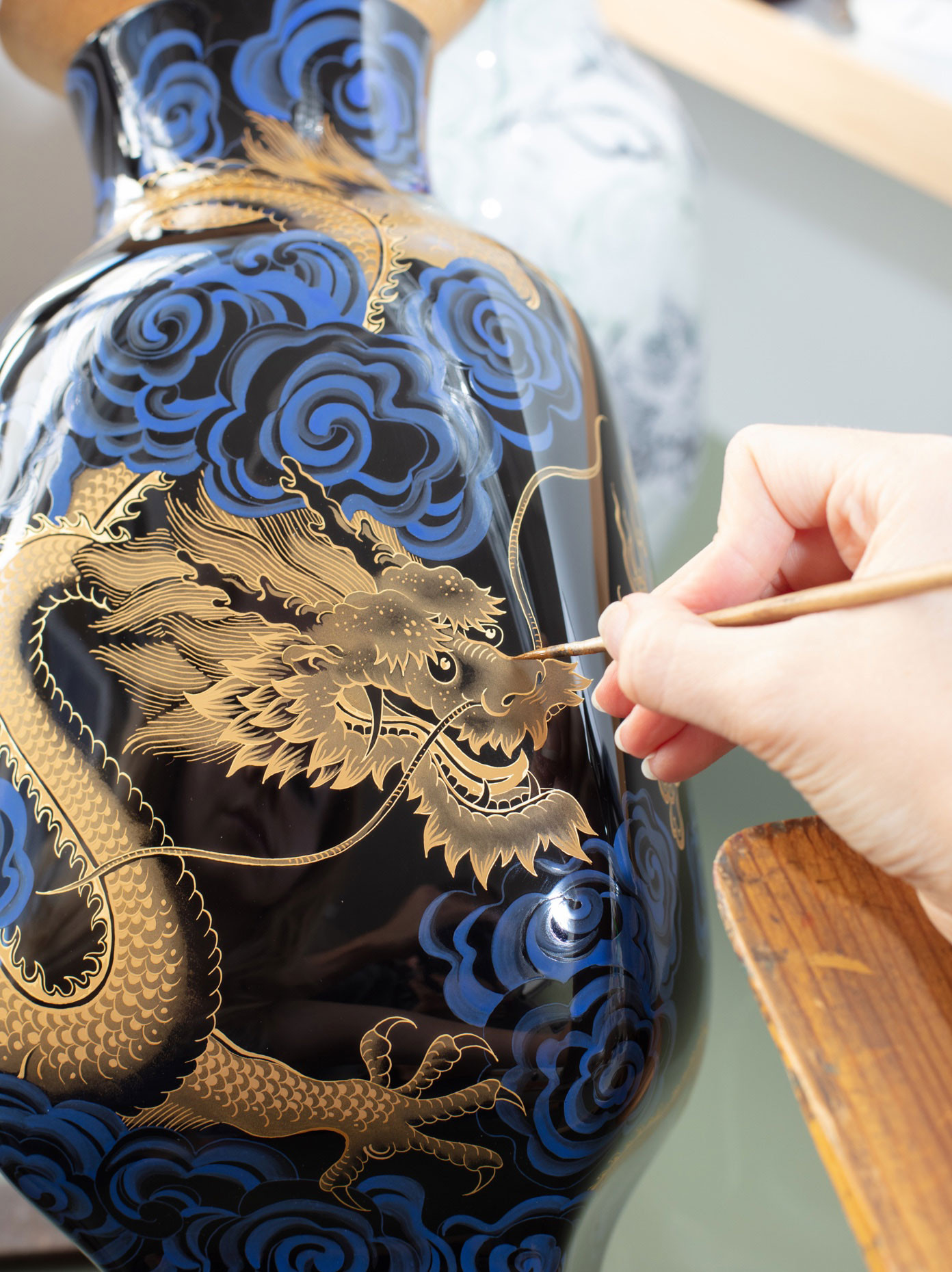 Connected inseparably with all depictions of dragons is the image of the so-called “dragon pearl“. It is considered to be the source of power and immortality. Accordingly, we also meet her on the “Nova Vase“: Two golden Fortune Dragons are romping in the clouds, surrounding the flaming sphere. The clouds are applied with the so-called “Limoges painting“. Layer by layer, the paint is applied to the black vase body. Depending on the number of layers, parts of the painting appear almost transparent, giving them a special spacial depth. MEISSEN is the only manufactory in the world that still practices the art of Limoges painting today!
Connected inseparably with all depictions of dragons is the image of the so-called “dragon pearl“. It is considered to be the source of power and immortality. Accordingly, we also meet her on the “Nova Vase“: Two golden Fortune Dragons are romping in the clouds, surrounding the flaming sphere. The clouds are applied with the so-called “Limoges painting“. Layer by layer, the paint is applied to the black vase body. Depending on the number of layers, parts of the painting appear almost transparent, giving them a special spacial depth. MEISSEN is the only manufactory in the world that still practices the art of Limoges painting today!
Also regarding the shape of the vase, Hou has remained faithful to the symbolism of her homeland. The source of inspiration were ancient Chinese coins: Round on the outside, with a square hole on the inside, they illustrate the earth surrounded by the sky. The square can be found in the base of the vase, which merges into a gently taut belly and finally into a round opening. This fascinating vase is limited to 25 pieces. So grab it and make the Golden Dragon your personal lucky charm at home.
Our new Fortune Dragon also ensures moments of true happiness on the table. Discover the "VITRUV Fortune Dragon Platinum" collection, for example, on which our black and white Fortune Dragon with a red tongue invites you to a festive meal. Exquisite tableware culture doesn't necessarily ends at the edge of the table - go travelling with the Fortune Dragon and our brand new MEISSEN2GO mugs or embark on all your everyday adventures without giving up your favourite hot drink or style.
